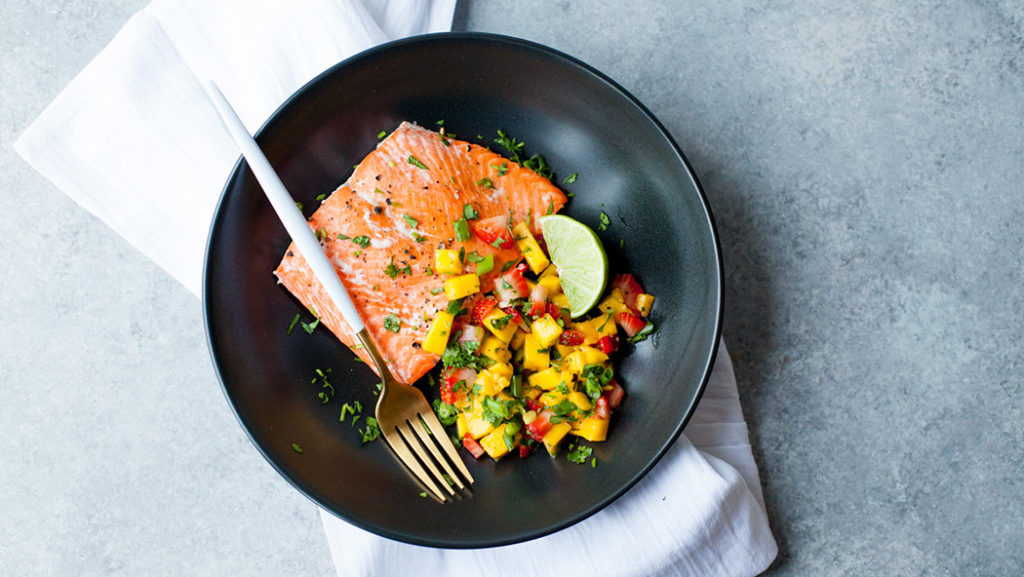Yoga classes are everywhere these days. What used to be reserved for ashrams and mindfulness retreats are now as commonplace in the burbs as they are on the banks of the Ganges River. It seems yoga is for everyone. Women, men, old, young, athletes, poets, musicians and accountants. In those rooms you’ll see as many tattoos in Sanskrit as you will soccer moms (and dads).
And no matter the practitioner, they all seem to get it, to know it, yoga is apparently quite intuitive for most people. It’s not unusual to see a giant biker dude in full on side crow next to a dancer type who might look different in the pose but maybe because she’s not as flexible as he.
Yoga culture has come to be a very interesting melting pot of people from all places who, outside of those rooms do very different things, lead very different lives, think very different thoughts, but once inside, it’s the great equalizer, the ultimate uniter, and like a moth to a flame it has a magnetic allure all its own.
But while the student population is all over the place, one thing many yogis have in common is this…whether they’re a newbie, a seasoned vet, or anywhere in between, they wonder, “Should I eat before yoga?”
Absolutely, but the types of food you eat and when you them are key. They also wonder, “Should I eat after yoga?”
Yep. And the same rules apply. Pay careful attention to what and when. Therefore, listen up yogis everywhere, (and we mean EVERYWHERE) here are the basics: you’ll want to fuel yourself well, both before and after class because while the yoga room is great for loosening up muscles, all that activity can take a toll on your body’s hydration and electrolyte balance. So, before you hit the mat, prepare to properly prime your tank both before and after your sweat session.
What to Eat, In General
Get those leafy greens in! For so many reasons but when it comes to yoga, consistent leafy green consumption is going to goose your body’s mineral content, (potassium, magnesium, calcium, etc…) which, among other things helps keep our adrenals happy.
Eat in balance. Generic much? Definitely, so allow us to explain. Eating in balance in our book is trying to eat each of the three macronutrients, (protein, fat, and carbohydrate) every time we put something in our mouths.
- Proteins in this case are animal proteins like beef, pork and chicken or fish if you don’t consume land-based proteins, or protein powders if you are vegetarian or vegan. (Although plant proteins behave differently in the body than fish or animal protein.)
- Carbohydrates ideally come from vegetables and some fruits, grains that are closer to nature than processed, and perhaps legumes such as beans.
- Fats will optimally come in the form of nuts, avocado, natural butter, olives, etc.
Finally, a steady diet of sleep is one of the best ways to enter yoga healthy and strong and exit refreshed rather than fatigued.
What to Eat Before Yoga
You’ll want to skip hitting the buffet before you take part in a yoga class, so no five-course heavy meals, please. Large meals can rest in your gut for the entire class and a full stomach can make you feel queasy. That said, you don’t want to do yoga on an empty stomach either. Try having a light meal or small snack at least an hour before you head to the studio. This gives your digestive tract enough time to do some work to get the food out of your tummy, while still allowing you to reap the benefits from the jump in blood sugar. If you honk down a full meal five minutes before class, you might honk it back up five minutes into class.
A good rule of thumb when it comes to a yoga meal is to stick with foods that you know are easy on your system. If you’re worried that those refried beans you had at lunch are going to cause embarrassment during your yoga practice, it might be a good idea to skip class that day. (Although most yoga practitioners aren’t official yogis until they’ve sounded off in a yoga session.) Eat foods that you know your body agrees with, and that you can count on to not impact your practice. You want to be focusing your mind on important things like your practice, not worrying about how your belly feels.
The following foods provide people with both quick and sustainable energy because they contain complex carbs, simple sugars, and good fats to stabilize your blood sugar levels. NOTE: All carbohydrates are not created equal. Simple carbohydrates like sweet drinks, muffins, or chips will spike and crash your blood sugar levels quickly, especially if they are eaten without other macronutrients like protein and fat. So, first order of business: get to know your macros.
Here are some good options:
- Apple slices (or a banana for a potassium punch) dipped in peanut butter
- Pitted Medjool date stuffed with almond butter
- Healthy granola bars and energy bites are also good options
- A handful of almonds and fresh fruit like blueberries
- Smoothies or protein shakes (Homemade varieties are the best way to get a healthy pre-yoga snack because you can use real ingredients. The packaged kind often contain high amounts of sugar and other junk.)
- A hard-boiled egg and carrot sticks
Make sure you stay well hydrated before your class—but DON’T overdo it. Practicing yoga, with a belly full of water, especially yoga poses with twists, makes many people uncomfortable. Instead, take small sips throughout the hours before your class, (add some lemon and even a little sea salt which contains minerals and boosts your electrolytes.) And don’t forget to drink during your pre-yoga meal or pre-yoga snack to make sure your body is ready for all that sweating.
What to Eat After Yoga
Probably the first thing you’ll want to do post-yoga session is drink some H20! Some yoga teachers frown upon drinking water during a practice, but yoga teachers don’t live in your body so if you feel like you need to drink during your practice—drink. And once you’re out of the studio, drink more. You can even try some other naturally-hydrating drinks like cucumber water. Hydrating foods like watermelon can also be a nice post-yoga treat, too (especially if they’re chilled). And electrolyte replacing products like natural coconut water or a banana both contain lots of potassium to bring you back to life in a flash.
After a workout is also the time to stock your body up on protein, people! Protein is required to help rebuild cells, and rebuilding cells is how your muscles recover from a tough workout. Try to consume some animal or fish protein by drinking milk, eating yogurt, or snacking on sardines, jerky, hardboiled eggs, or sliced cheese. Since you’ve sweat through so much of your energy stores, you might want to get some glucose in the form of fresh fruit to help you crank those energy levels back up and help you feel normal again more quickly. And remember, no matter what type of yoga or workout you’ve done, keep drinking! No matter how much water you consume your body may crave more and it’s important that you listen to it.
Here are some other great choices:
If you do yoga in the morning
- Scrambled eggs with diced ham and a side of strawberries
- A bowl of oatmeal (preferably steel cut), a meat stick and green juice
- One of your homemade protein-packed smoothies
If you do yoga after noon
- Deli turkey wrapped around cream cheese and asparagus spears
- Chicken breast, avocado, and sweet potatoes
- Beef chili and raw vegetables slices and homemade ranch dip
- Salmon with strawberry-mango salsa
Truly ,these are just suggestions. You know your body best and can determine what works for you.
Those who do yoga first thing in the morning are going to have a very different protocol than those who practice in the afternoon and those two groups will have a completely different regime than those who do yoga after dinner or in the evening.
One thing is for certain, though, you must come to yoga prepared. Rested. Nourished. And in the right frame of mind. Yoga is an extremely rewarding practice but it is also challenging, so you want all your cylinders firing.
Finally, after a day of yoga and healthy eating we think a little dark chocolate is in order. Not only is dark chocolate delicious but the more natural, high cacao content kind is loaded with potassium and some Vitamin E, both of which are antioxidant and make that indulgence feel more intelligent.
Okay, yogis, you know what to do and how to do it (before, during, and after, so get in there and nama-slay.)



